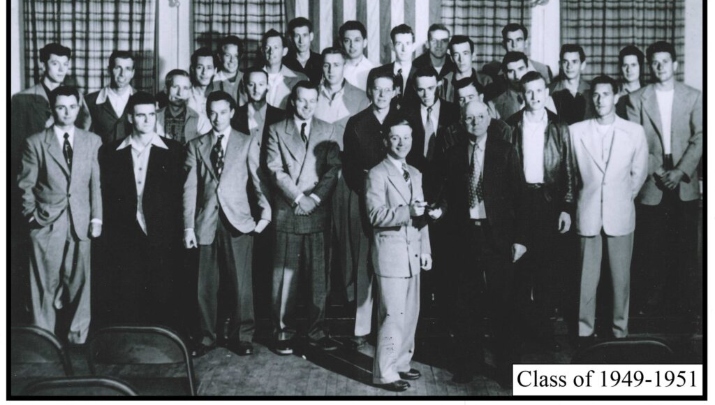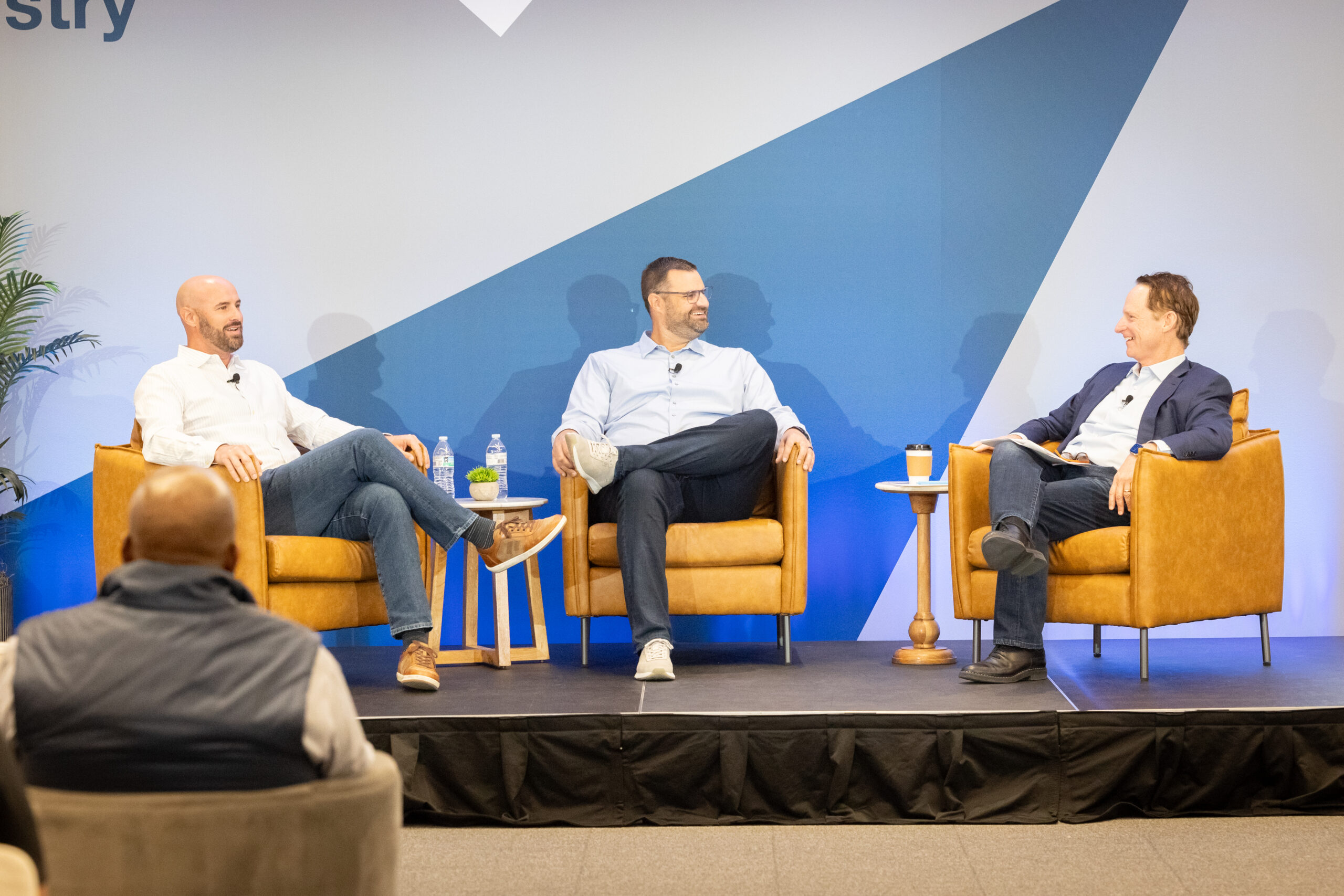

How Old-School Apprenticeship is Shaping Our Future
- Bob Friar, Jr.
- Chula Vista Electric
As an Evergreen® Company, we cherish our independence, our flexibility, and our autonomy. It might, therefore, seem obvious that a partnership with such a structured and bureaucratic organization as a trade union is something we would take great pains to avoid. In fact, the opposite is true.
Chula Vista Electric started in 1925. Like many successful 97 year old companies, we have learned how to react to our environment and adapt as we grow. CVE started as an appliance retail store. As people bought appliances, they needed electricity in their homes to power these devices; this spawned our electrical division, which has been the company’s focus ever since.
In 1945, the need for trained electrical workers was growing in San Diego and so, along with others in our industry group, we started running apprenticeship classes. In 1976, we formalized a partnership with the union; The San Diego Electrical Industry Training Trust was created with equal representation from management (the company owners or NECA) and labor (the union or IBEW). Today, the trust governs our apprenticeship program, which is recognized by the State of California and sponsored by Palomar College. This allows all of our students to not only learn a trade but also to earn college credit towards their Associate of Arts Degree.
Our program has grown and thrived over the years, providing apprentices for 56 electrical contractors in San Diego and Imperial County and has approximately 600 students participating. It’s a unique collaboration. The contractors, who are signatories to the collective bargaining agreement, fund the program. Through the collective bargaining process, we have agreed that for every hour that one of our employees works, 87 cents is invested in a training fund. With this funding, we have been able to build a high-quality, comprehensive program that none of us would have been able to create on our own.
To be accepted into the program, applicants must have a high school diploma or a GED, a year of algebra, and they must take a few basic aptitude tests. If they meet these basic criteria, we invite them to interview. Our program has become so popular that we average 300 applications for every 30 positions available.
Once in the program, apprentices spend five years attending classes two nights a week and working one-year rotations at four or five different companies. There are large shops, small shops, some that do high rises, some that do underground—all the different facets of electrical. Spending time at a variety of companies gives apprentices a deeper and more thorough understanding of the industry. Ultimately, the idea is that they get the theory and science at school, and then practice the hands-on by day out in the field. One of the best parts and a piece of what makes this so valuable is that their school is tuition-free. We call it “Earn While You Learn.”
The impetus for this apprenticeship program has not changed much from what made it so powerful and unique in the early days. Contractors need electricians. We need them to be trained well, uniformly, and thoroughly. It is in the interest of the customers, apprentices, and contractors alike to ensure that we are producing a pool of highly qualified electricians.
It’s a win for our apprentices too. The jobs we create are great middle-class, upper middle-class jobs, with pensions and health care. I’m able to offer not just a job, but a career. We have several people who have been with our company for 25 to 30 years. They are not just employees, but friends.
The risk, of course, is that we put effort, money, and time into training these apprentices, and then, at the end, there is no guarantee we won’t lose them to a competitor. But this is where being an Evergreen company plays to our advantage; we believe we treat our people better than the competition, so we have had great success in recruiting and retaining employees. In addition, we like to promote from within, so the growth doesn’t stop after the apprenticeship is over. Regardless, contributing to something that ensures we will have a deep pool of qualified, talented electricians is easily worth the risk of losing a few people here and there.
Amid the Great Resignation, the value of this program has come into sharper focus than ever. This is an excellent vehicle for developing the talent pool we need to keep growing and thriving. And it just so happens that we’ve had it up and running successfully for decades, so we’re in better shape than most firms today.
My father started his apprenticeship in 1965 and would go on to become sole owner of Chula Vista Electric. A decade ago, he passed the reins on to me—a move that wouldn’t have been possible without my graduation from this same apprenticeship program in 1989.
My role with the apprenticeship program is deeper than most. I’ve been an apprentice, an instructor, and I currently serve as the committee chair overseeing the program. I look back and think that I was very lucky—being accepted to the program myself and getting to do what I love. So much that I encouraged my son-in-law to get involved. He’s been through the program and he’s now a foreman for my company. My youngest son is currently a fourth-year apprentice for one of my competitors. It’s that rotation part of the program, to make sure he gets a well-rounded training experience–I’ll get him back, too. I attribute everything that I have to this program, and everything at our business is built around it. Now, I’m trying to pass down my passion for this unique partnership to the next generation in our company and within our industry group more broadly.
More Articles and Videos

Fireside Chat with Dave Thrasher, Dan Thrasher, and Dave Whorton
- Dave Thrasher, Dan Thrasher, & Dave Whorton
- Supportworks and Thrasher Group

Get Evergreen insight and wisdom delivered to your inbox every week
By signing up, you understand and agree that we will store, process and manage your personal information according to our Privacy Policy






